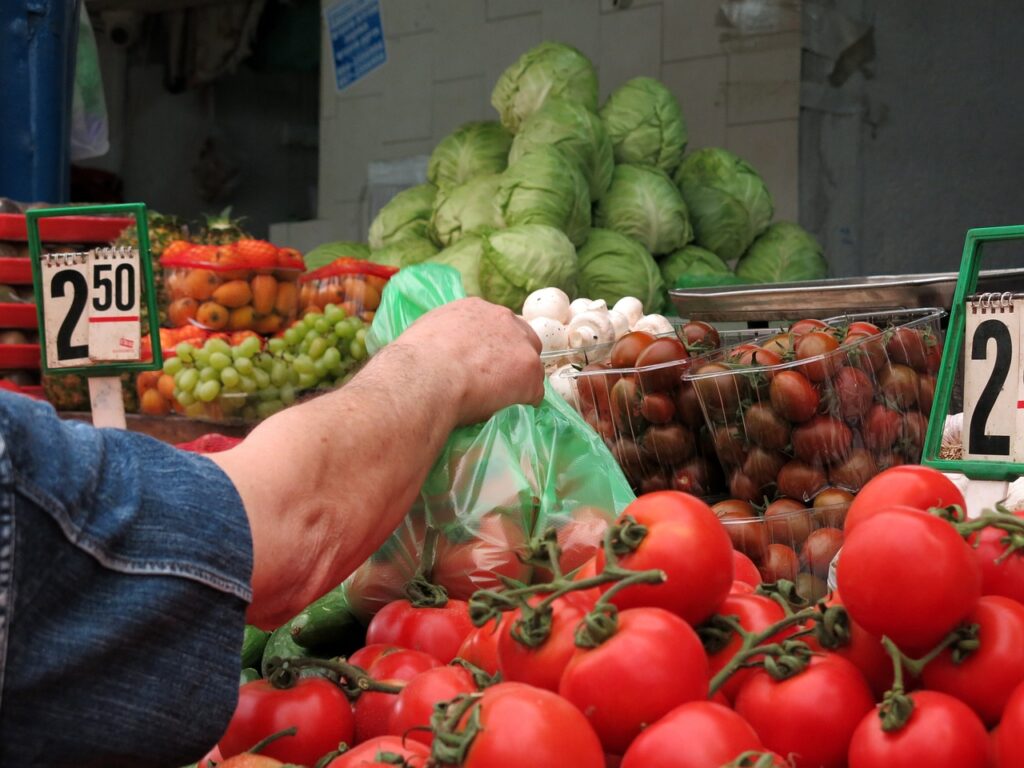#vegetables
We always have the impression of pushing down an open door when we tell ourselves and those around us that we need to eat more vegetables.
Yes, we know that and we also know that children prefer fried sausages in the canteen … well, not all children!
There are those who rushed over the spinach and grated carrots (Yes it was me), and who have a good time eating zucchini (me again).
In short, not everyone was lucky enough to have been raised on carrot and broccoli puree. Me, it’s my baby food, with bananas … What I will tell you about later …
But since the majority have not been so lucky, it is sometimes useful to recall
1. Why should we eat vegetables?
2. How to eat your vegetables?
3. How to choose your vegetables?
4. How to vary your vegetables between the classics and the exotic ones
Contents
1. Why should we eat vegetables?
It seems that some people never eat it. I don’t know how it’s possible to survive without eating vegetables. They are my baby food: mashed carrots, potatoes, vegetable soup, peas, spinach … I was raised on vegetables. And it is true that it is rather a chance to have had these good reflexes very early on.
Vegetables contain fiber and a multitude of micronutrients, which are precisely lacking in industrial food.
Micronutrients
The components of the diet can be distinguished into two groups: macronutrients and micronutrients.
Macronutrients that provide calories, that is, energy. These are fats, carbohydrates and proteins.
Micronutrients do not properly provide energy but are essential for the proper functioning of the body.
Nothing is impossible, however, for those who wish to get started.
Vegetables connect us directly to nature so we are all predisposed to eat them easily.
It will be enough to listen to your natural instincts to move away from processed products.
2. How to eat vegetables?
The preparation
We know that vegetables require a minimum of preparation to be eaten and this is precisely why many give up consuming them.
A little advice: make it a game!
There are plenty of great and easy-to-use kitchen tools that will change your mind about vegetables.
Involve the children there to give them another vision of vegetables.
Raw or cooked
Raw and cooked, according to the vegetables and the seasons, the choice is quickly made.
In salad
The choice is wide and the combinations are varied. What to have a dietetic meal and a farandole of colors on the plate.
You can easily combine legumes such as lentils and chickpeas to have a complete meal.
Cooked in water
Cooking with water is often essential.
We obviously think of potatoes but we can also cook vegetables that are eaten raw such as cabbage, …
In soup
Here again is the main interest of eating vegetables: making delicious soups for the winter and even raw soups for the summer.
Varied recipes from around the world to brighten up evenings in winter.
Good soup recipes are another great way to get back into a veggie addiction!
3. How to choose your vegetables?
1st step: do the markets
Buying them in the right place is a good start. You will be able to compare the stalls and you will get used to this walk.
Choose them well ripe and ready to taste
The best way to verify that they are safe to eat is to taste them or look at the inside of the vegetable.
4. Classic and atypical vegetables
Roots
They are not strictly speaking vegetables but are often added to preparations because they contain a lot of nutrients: turmeric, ginger.
Classic vegetables
We all know the classic vegetables and this is sometimes the reason why we get bored of them.
Potatoes, cabbage, carrots …
All this is a bit off-putting and in addition the not very natural vegetables that we find in supermarkets or in certain markets have sometimes kept us away from these vegetables, which are the staple food for generations.
So we fear choosing to cultivate them ourselves to discover new tastes.
And we can also turn to exotic vegetables that will brighten up our plates, and make us want to eat vegetables.
If you want more information and other tips on this topic, you can get my ebook in the shop below
My Vegan Sport Coach “in English
“My vegan sports coach” in French


